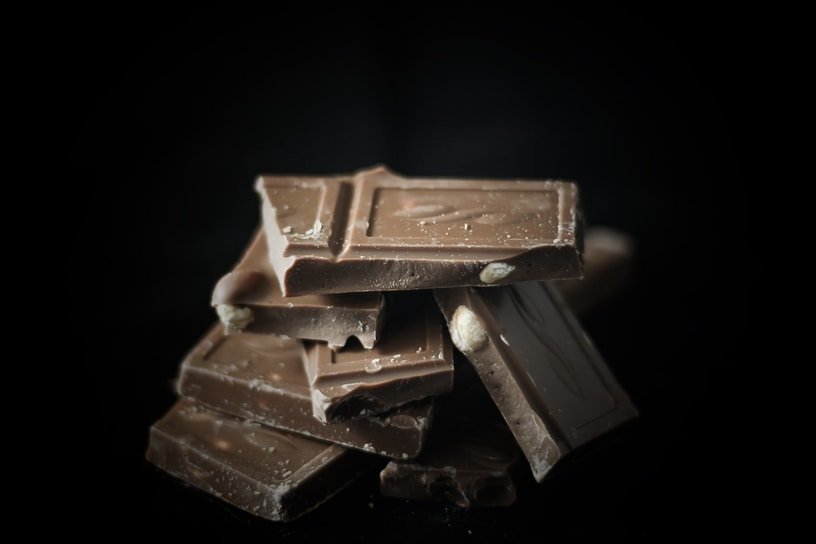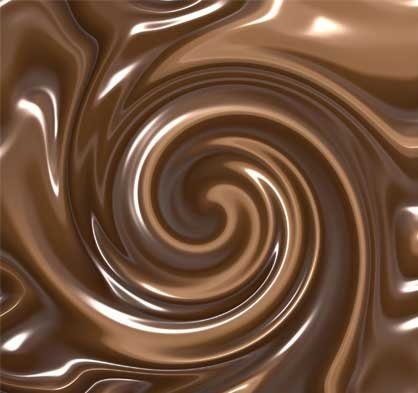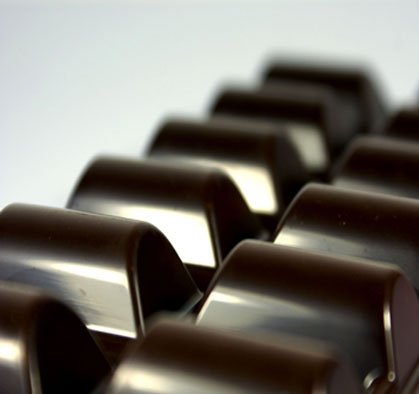Sorbitan Tristearate (STS)-E492

Product Specification
| EC number | E 492 |
| Form | Hard, waxy solid |
| Colour | Light cream to Tan |
| Acid Value | Max 7 mgKOH/gm |
| Saponification Value | 176-188 mgKOH/gm |
| Moisture content | Max 1% |
| Hydroxyl Value | 66-80 mgKOH/gm |
| Heavy Metals (as Pb) | Less than 10mg/kg |
| Arsenic | Less than 3 mg/kg |
| Cadmium | Less than 1mg/kg |
| Mercury | Less than 1 mg/kg |
Description
Sorbitan Tristearate is produced by the esterification of Sorbitol with commercial edible fatty acids and consists of approximately 95% of a mixture of the esters of Sorbitol and its mono and di-anhydrides.
This food additive is light cream to tan coloured, hard, waxy solid with a slight characteristic odour and bland taste.
Applications in Food
Sorbitan Tristerate is free of Palm-oil and serves as a good food additive for Halal and Kosher preparations too. Its many other applications in food include:
Chocolates
Sorbitan Tristearate is an effective emulsifier to retard fat bloom in chocolate. Fat used in chocolate, particularly cocoa butter, forms as a tightly packed β’ polymorph/crystal which is an unstable crystal but is vital for the functional and aesthetic quality of chocolate. If chocolate is not tempered properly or is exposed to excessive heat, these β’ crystals convert to β crystals which are less tightly packed but are more stable. These β crystals tend to migrate to the surface causing fat bloom to occur and also having a negative impact on the aesthetics of the chocolate.
Sorbitan Tristearate’s structure mimics the β’ crystals and bonds with such fat crystals and retards their conversion to the less desirable β crystals.
Crystal Inhibitor in Palm Olein and Coconut Oil
Sorbitan Tristearate is used as a crystal inhibitor in oils which contain fractions that harden faster during colder temperatures making the oils look cloudy. This cloudy oil is perceived by many as deteriorated oil which it actually is not. It is just aesthetically unacceptable.
The addition of Sorbitan Tristearate retards the harder fractions from nucleating at lower temperatures and causing cloudiness in oils.
Margarine and low-fat spreads
Sorbitan Tristearate has a structure more similar to a triglyceride than to an emulsifier.
In margarine and low-fat spreads textural defects can occur quite rapidly due to the change of fat crystals from β’ to β form. β crystals have a sandy texture and can lead to poor mouthfeel and aesthetics. STS retards this change from one crystal to another and keeps the crystal size of the fat in control to slow down nucleation and sandiness.
Margarine and low-fat spreads
Sorbitan Tristearate has a structure more similar to a triglyceride than to an emulsifier.
In margarine and low-fat spreads textural defects can occur quite rapidly due to the change of fat crystals from β’ to β form. β crystals have a sandy texture and can lead to poor mouthfeel and aesthetics. STS retards this change from one crystal to another and keeps the crystal size of the fat in control to slow down nucleation and sandiness.





